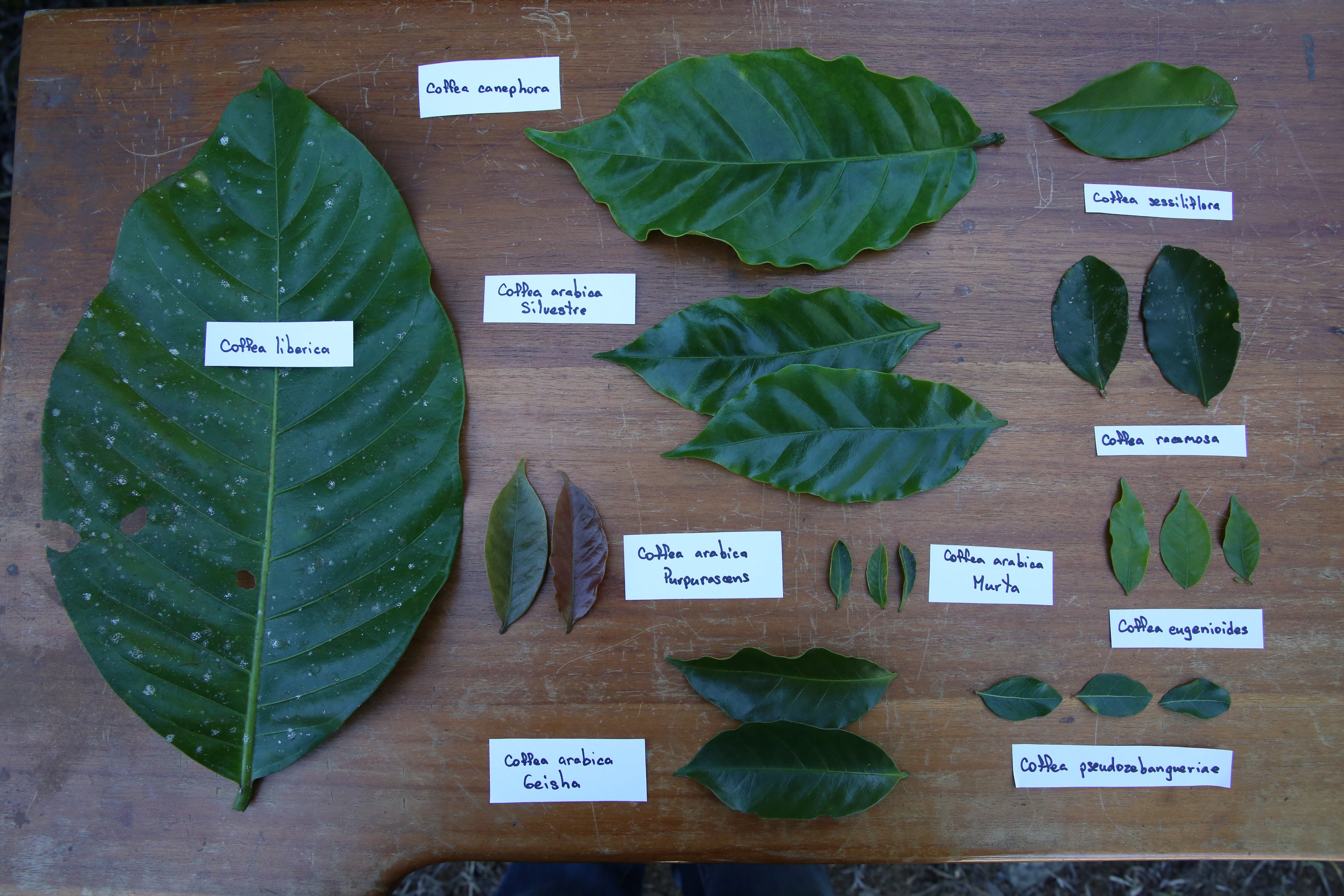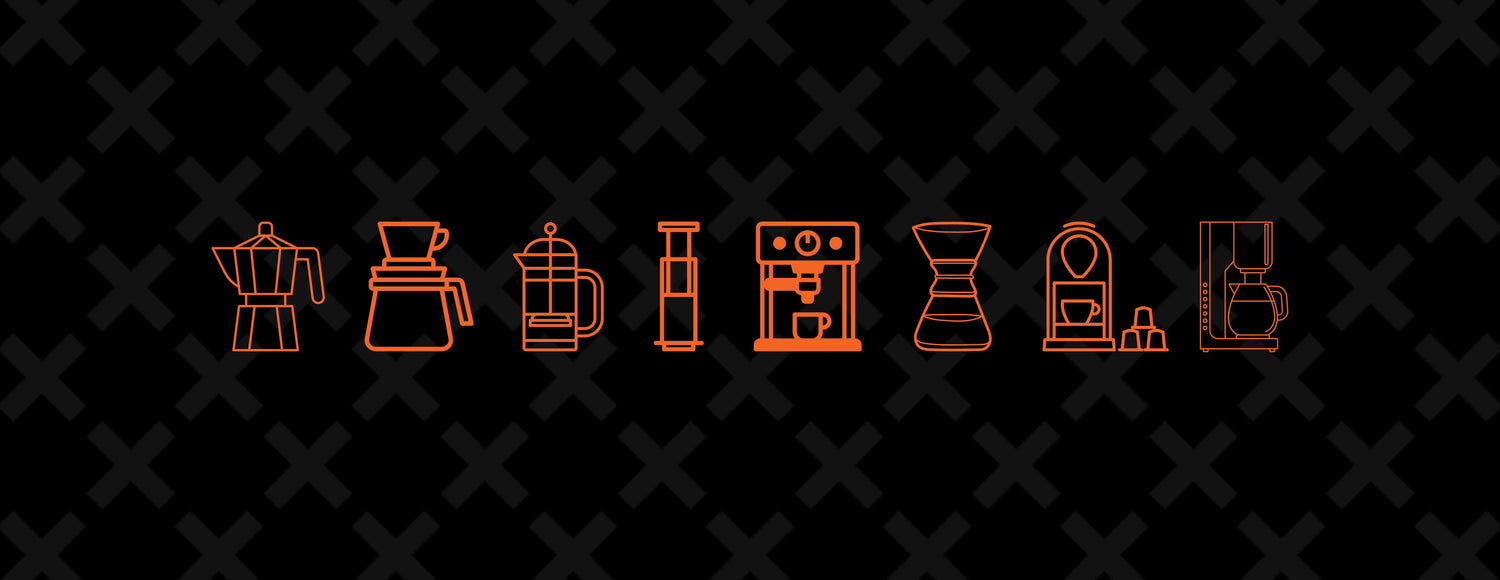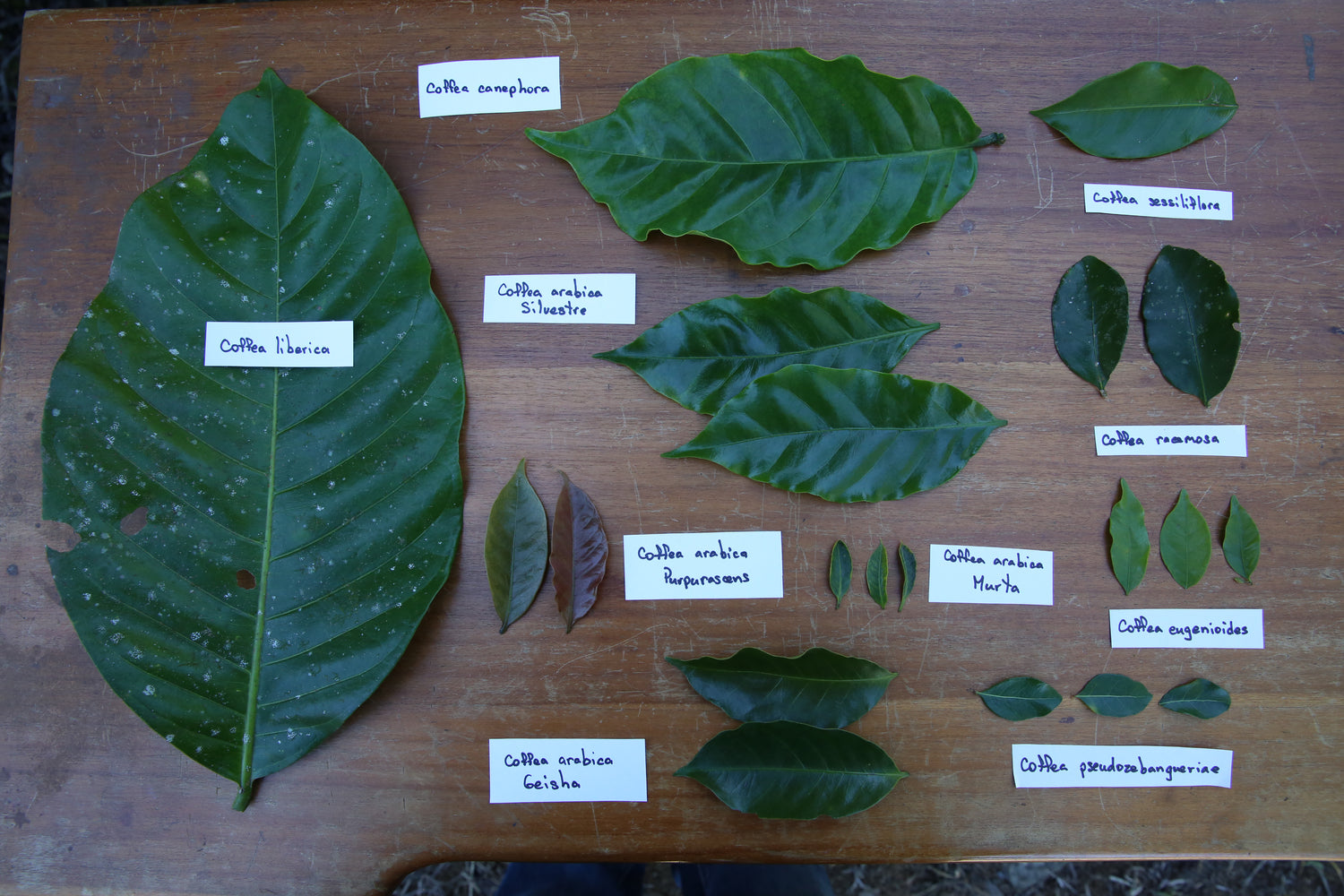
World Coffee Research
Imagine you woke up tomorrow and discovered you had no coffee. You'd be upset, right? I know I would, but I could have a cup of tea and be happy enough and get on with my day. But maybe you're not a tea kind of person. That's ok too. Perhaps you can just skip down the road to your local cafe and pick some up there. No drama. Everyone's happy. Disaster avoided. But imagine now, the cafe has no coffee. In fact, there's no cafe. Not here or near you. Climate change has decimated coffee farms and made even the most famous coffee-producing regions unsuitable for growing crops for your favourite FiXX. You're definitely upset now. Now imagine you're the farmer whose livelihood has disappeared.
This dystopian nightmare will, hopefully, never come to pass. However, it's not inconceivable. And to keep it impossible takes effort. It requires changes, and it requires us all to play a role. But sometimes, we need help. We need organisations to form and step up to the plate. People who can look at issues and think, "oh, we've got to do better than this!". And today, I want to talk to you about one of these such organisations; World Coffee Research (WCR). We at FiXX are proud to be a member of this great organisation and support their fantastic work globally. In this blog, I'd like to explain who World Coffee Research are, what they do, and most importantly, why it's crucial.
Read on to find out more.

Who Are World Coffee Research?
World Coffee Research (or WCR as I will refer to them from here on in) was established in 2012. It was a coming together of the global coffee industry and those in it who recognised the need to innovate to meet the demands the 21st century was going to throw at coffee agriculture. The mission was clear; grow, protect, and enhance supplies of quality coffee while improving the livelihoods of the families who produce it.
By using advances in agricultural science and research, they could look at ways to adapt coffee for the challenges of climate change while at the same time protecting coffee biodiversity. They also try to find new solutions to old problems like disease and pests.
By partnering with governments, NGOs and the private sector, WCR develops new technologies, farming techniques and knowledge. These discoveries are then shared openly with the global community and, importantly, with farmers to help improve farming practices and, in turn, get better yields, better quality beans and a more rewarding price for their hard work. When the coffee plant thrives, so do the farmers, and in turn, we're all rewarded.

Why the Farmers Need Help.
The popularity of coffee has only ever increased since some goat herder in Ethiopia got excited when he saw his herd eating coffee cherries....apparently. But in the grand scheme of things, coffee agriculture is still in its infancy. The best estimates put it at around 400 years old. To give you some perspective, people have cultivated grapes for 6,000 years, olives for 7,000 years and wheat for a whopping 10,000 years!
However, the demand for high-quality coffee has never been greater. And unfortunately, as is frequently the way, the farmers are the people who gain the least but are impacted the most by these demands. Which is weird when you consider how integral they are in producing coffee. Even the most incredible baristas and roasters in the world can't make a poorly grown coffee taste good. There are plenty that can make excellent coffee taste like crap, though. But that's beside the point.
Is it Easy to Grow Coffee?
To grow a quality crop of, well, anything requires immense skill and dedication from its farmers. But it could be argued that this is particularly true for coffee. All coffee plants grow between the tropics of Cancer and Capricorn. Arabica coffee, which accounts for nearly all speciality coffee and 100% of your favourite FiXX, likes a pleasant moderate temperature of 15-24° and is usually farmed between 1,300-1,500masl (miles above sea level), with quality increasing the higher you go. It also wants a consistent amount of rainfall, which, all combined, fairly narrows the window of where it grows!
Climate change is making it narrower still. On top of all that, many regions that grow or could potentially grow coffee are remote and difficult to access. And I haven't even mentioned that getting a commercially viable crop from seedling to harvest can take up to seven years! You're beginning to understand the demands of farmers now. Don't you think we have a duty to ensure they are encouraged, supported and rewarded as much as possible? We at FiXX certainly do. And so do World Coffee Research.

What World Coffee Research Do.
WCR realised that coffee was at a crossroads, and to move forward meant looking at the beginning of it all. The seed. The coffee plant is the single most crucial piece of the jigsaw in the coffee world, obviously. Many discoveries and adaptions have already occurred in the short period of cultivating it as a crop. Some of these were natural mutations, and some were naturally occurring hybrids in the wild. Others were horticulturally developed and cultivated using mixtures of the most robust samples of these discoveries and, in turn, developed into their own variety.
Seed Developments
For example, in the 1920s, a hybrid of Arabica and Robusta was discovered on the island of Timor that was resistant to a deadly botanical disease called Coffee Leaf Rust. Fast forward to the 1950s, when the CIFC in Portugal began to cross-pollinated it with other varieties. One of these was Caturra, a variety with naturally occurring dwarfism that was easy to harvest due to its size. The result was a new variety called Catimor that was high yielding, had good quality potential, and was resistant to Coffee Leaf Rust. After successful field testing, it was adopted by farmers in the 1980s (you can read more about this journey here).
It is this sort of development that drives WCR. That particular journey took nearly sixty years, from the initial discovery of the Timor Hybrid to the first harvest of Catimor. With climate change now a reality, we don't have the luxury of that time frame or the good fortune of chancing upon a natural mutation in the wild.
Why Changes are Needed.
As mentioned before, Arabica likes an altitude and a moderate temperature of 15-24°. There are many reasons for this. One is that the plant receives a lot of direct sunlight followed by a cold night which slows the plant's metabolism right down. This impacts the biology of how the seed grows and results in a denser, better quality bean. Another is that many coffee plant pests or insects don't like cold nights and generally aren't found above a certain altitude. However, days and nights are getting warmer due to climate change. And as a result, pests and diseases are now being seen at altitudes they were never found before.
Cherries will ripen too quickly and unevenly if the daytime temperatures are too hot. Equally crucial to the plants' welfare is water. With consistent rainfall comes moist soil and the ability to withstand temperature fluctuation better. Some varieties can handle high temperatures of up to 28° providing the ground is wet enough. But, without consistent rainfall, even the usual 24° becomes problematic.
Unique Solutions for Unique Regions.
To combat these scenarios, WCR would look to varieties with tolerance toward abiotic stresses (drought, heat, light) and then cross-pollinate with coffee plants with other virtues (disease resistance, production efficiency, etc.). Hopefully, the result would be a variety that shares these traits but also, and some would say most importantly, tastes good.
But there is no one-size-fits-all here. Different areas will be affected in different ways and will need unique varieties with distinct solutions. And so, WCR is supporting national coffee breeding programs around the world. Working with and through national coffee research institutes, they provide improved plant populations so each region can select and release their own locally suitable varieties. And as it still takes a long time from seed to harvest to cup, through trial and error, discovery and implementation, it is essential that we support organisations like WCR.

Do We Need More Coffee?
Cultivating coffee to develop new varieties is not a new idea. But to say coffee lags ways behind other crops in this area is a wild understatement. The International Union for the Protection of New Varieties of Plants (UPOV) is an intergovernmental organisation based in Switzerland. UPOV's mission is to provide an effective plant variety protection system and encourage the development of new varieties of plants for society's benefit. In 2016 the number of coffee varieties registered with UPOV was 36. The number of watermelon varieties registered was 2690! Now, as much as we all love that magnificent fruit, I'm sure we could all go a week without it. A week without coffee, however, is a different story.
To support an overall increase in variety development worldwide, WCR works with many countries to accelerate innovation for farmers. This, in turn, offers the continued availability of high-quality coffee from diverse origins and, with it, a competitive advantage to the farmers to receive the price they deserve for the quality crop they produce. And in the end, we all get great coffee. Win, win.
What Else do They do?
But developing new varieties is only one of the things they do. I've spoken before about the World Coffee Research Sensory Lexicon, the tool they created to help define the flavour of coffee (you can read about that here). They're also doing incredible work in the genetic identification of plant varieties. They are working hard to ensure that farmers have access to quality seed banks and plant nurseries. I could go on and on, but you can also visit worldcoffeeresearch.org and see for yourself.
In Conclusion...
World Coffee Research is a non-profit organisation that depends on funding from the international coffee industry. And we at FiXX are proud to be one of these supports. Thanks to organisations like WCR and others, I can sleep soundly, knowing that when I wake up tomorrow, I can still reach for my favourite FiXX. And I'll know that the farmers who grew it have and will continue to have the support and credit they deserve.
Thanks for reading.
Kevin
Thanks to World Coffee Research for the use of their images in this blog.





